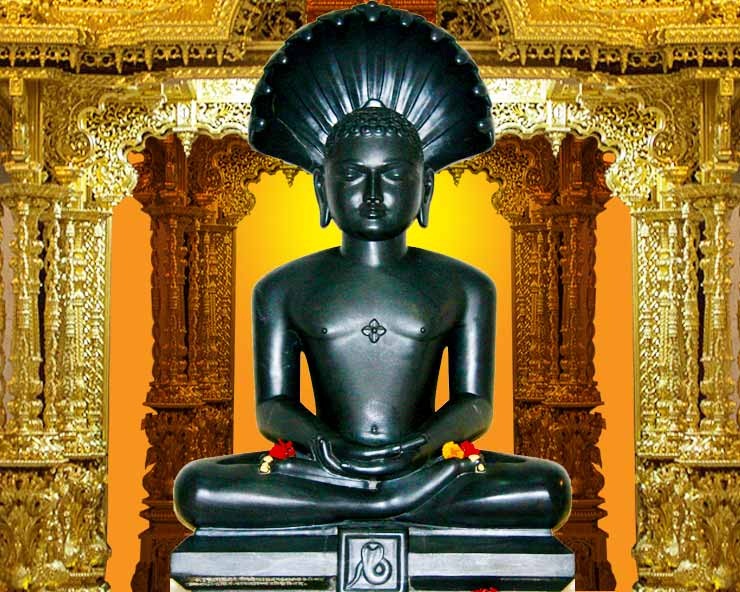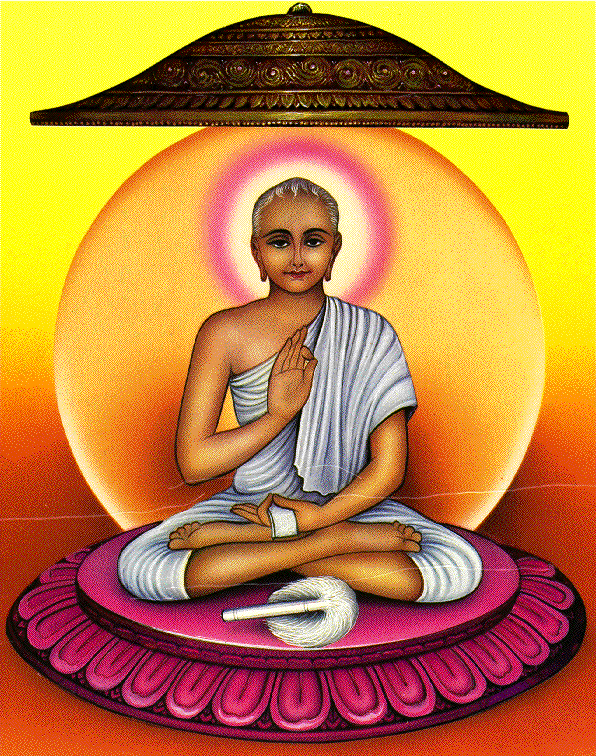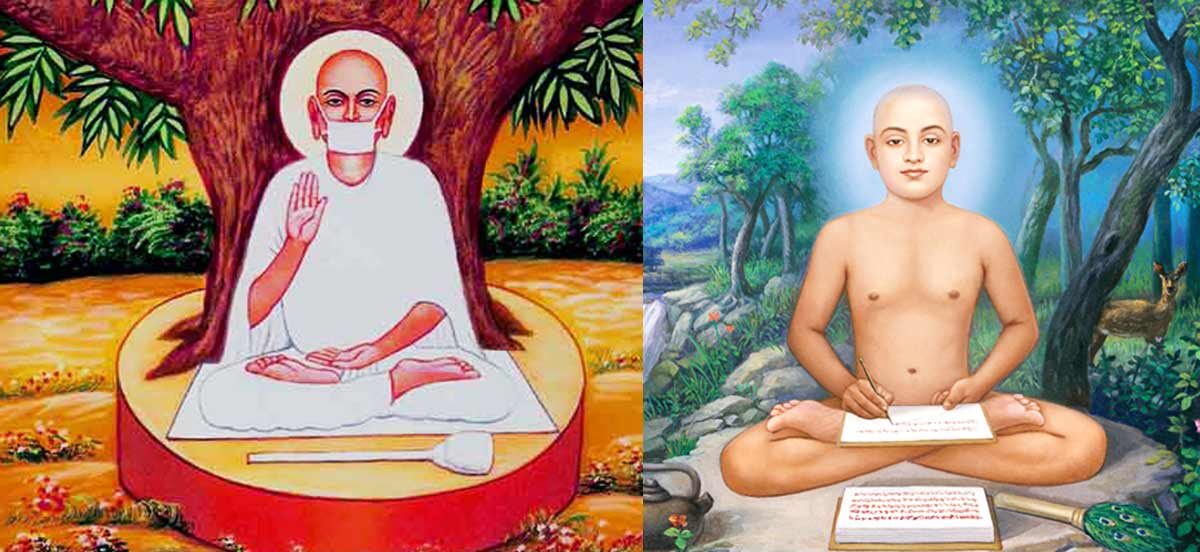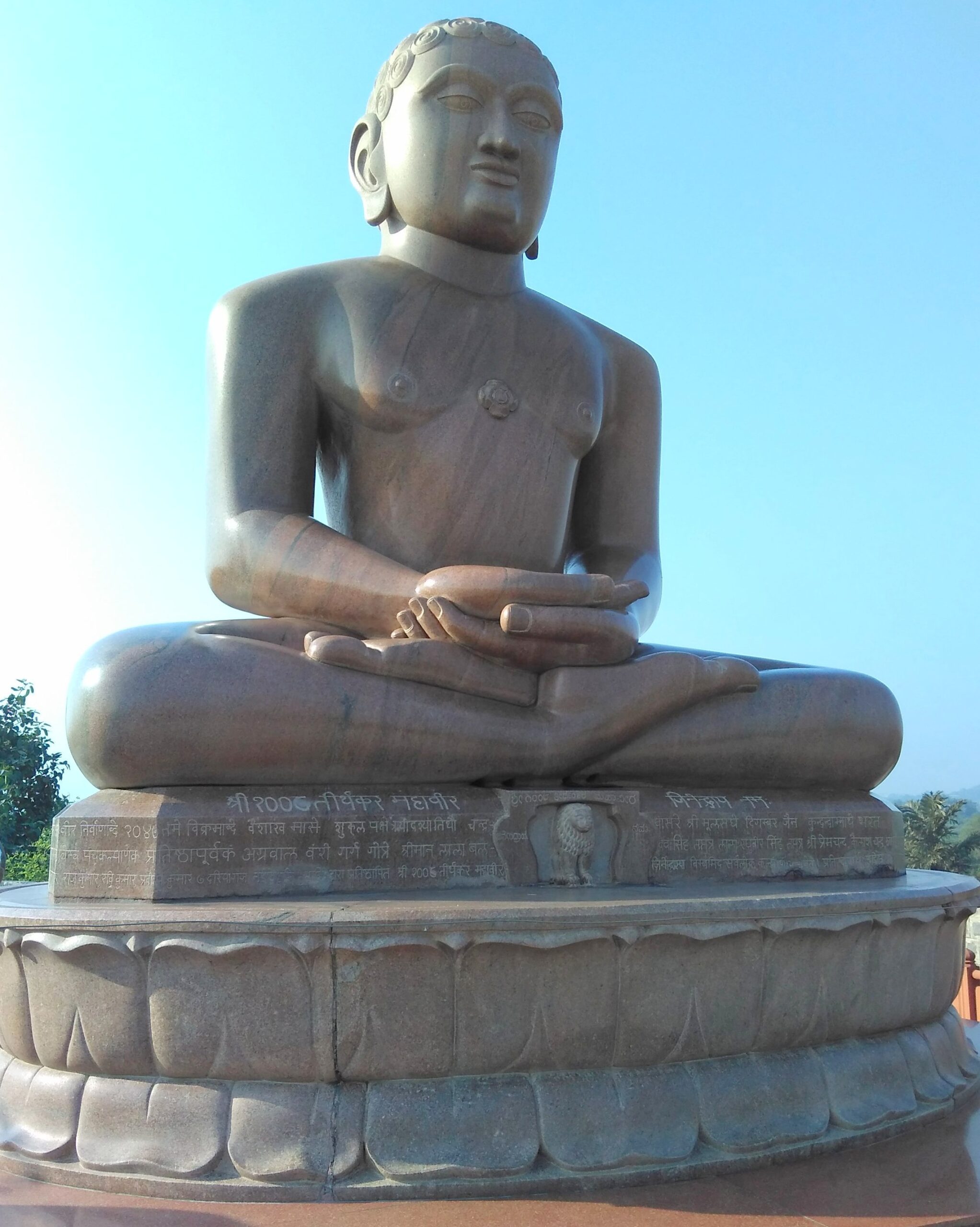Jainism, traditionally known as Jain Dharma, is an ancient Indian religion. Followers of Jainism are called “Jains”, a word derived from the Sanskrit word Jina (victor) and connoting the path of victory in crossing over life’s stream of rebirths through an ethical and spiritual life.

Jains trace their history through a succession of twenty-four victorious saviors and teachers known as Tirthankara, with the first being Rishabhanatha, who according to Jain tradition lived millions of years ago, twenty-third being Parshvanath in 8th century BC, and twenty-fourth being the Mahavira around 500 BCE. Jains believe that Jainism is eternal dharma with the Tirthankara guiding every cycle of the Jain cosmology.

The early history of Jainism
Jains believe that their tradition does not have a historical founder. The first Jain figure for whom there is reasonable historical evidence is Parshvanatha, a renouncing teacher who may have lived in the 7th century BCE and founded a community based upon the abandonment of worldly concerns. Jain tradition regards him as the 23rd Tirthankara of the current age (Kalpa). The 24th and last Tirthankara of that age was Vardhamana Mahavira and is believed to have been the last teacher of “right” knowledge, faith, and practice.

Mahavira was the son of a chieftain of the Kshatriya (warrior) class. At age 30 he renounced his princely status to take up the ascetic life. Although he was accompanied for a time by the eventual founder of the Ajivika sect, Goshala Maskariputra, Mahavira spent the next 12.5 years following a path of solitary and intense asceticism.
He then converted 11 disciples (called Gangadhar as), all of whom were originally Brahmans. Two of these disciples, Indrabhuti Gautama and Sudharman, both of whom survived Mahavira, are regarded as the founders of the historical Jain monastic community, and a third, Jambu, is believed to be the last person of the current age to gain enlightenment. Mahavira is believed to have died at Pavapuri (near modern Patna).
As per the belief of Jainism, there were 14,000 monks and 36,000 nuns at the time of Mahavira’s death. From the beginning the community was subject to schisms over technicalities of doctrine; however, these were easily resolved. The only schism to have a lasting effect concerned a dispute over the proper monastic practice, with the Shvetambara (“White-Robed”) sect arguing that monks and nuns should wear white robes and the Digambara (“Sky-Clad”; i.e., naked) sect claiming that a true monk (but not a nun) should be naked.

This sectarian division, still existent today, probably took time to assume formal shape. Its exact origins remain unclear, in part because the stories describing the origins of the schism were designed to justify each sect’s authority and denigrate the other. These accounts were written centuries after the fact and are valueless as genuine historical testimony.
The consolidation of the Shvetambara-Digambara division was probably the result of a series of councils held to codify and preserve the Jain scriptures, which had existed as oral tradition long after Mahavira’s death. Of the councils recorded in Jain history, the last one, held at Valabhi in Saurashtra (in modern Gujarat) in either 453 or 456 CE, without Digambara participation, codified the Shwetambara canon that is still in use. The Digambara monastic community denounced the codification, and the schism between the two communities became irrevocable.
During this period, Jainism spread westward to Ujjain, where it apparently enjoyed royal patronage. Later, in the 1st century BCE, according to tradition, a monk named Kalakacharya apparently overthrew King Gardabhilla of Ujjain and orchestrated his replacement with the Shahi kings (who were probably of Scythian or Persian origin). During the reign of the Gupta dynasty (320–c. 600 CE), a time of Hindu self-assertion, the bulk of the Jain community migrated to central and western India, becoming stronger there than it had been in its original home in the Ganges basin.
Jainism believes in the concept of Karma & salvation. According to Jain Philosophy, the bad deeds of a person get attached to the soul. The bondage of these Karmas is responsible for the cycle of life & death. To attain salvation (Nirvana), the inflow of Karma towards the soul has to be stopped & already accumulated Karma has to be destroyed to liberate the soul inflow of Karma toward the soul can be stopped by following 5 vows & 3 jewels.
The bondage of already accumulated Karma can be destroyed by ascetic life / (hard life). The last step in the life of asterism is the attainment of death through sallekhana. In this process person gradually reduce food intake to die. Jainism believes in that idea everything including non-living things has a soul.
Five vows from the crux of Jain philosophy. The liberal form of vows known as Anuvvrata is prescribed for Layman householder and the rigid form known as Mahavrata is prescribed for monks. These 5 vows are, Satya – truth fullness; Acharya or Asteya – Non-stealing; Brahmacharya – celibacy; Ahinsa – non-violence; Aparigraha – non-accumulation.

The first 4 vows were given by Parshvanath (23rd Jain Tirthankara) & 5th vows were given by Mahavira. Jainism believes in the existing form of non-violence. It prescribes non-violence not only of action but also of thoughts. Mahavira rejected the existence of God. According to him, the universe continues through the cycle of rising Utsarpani & cycles of all Avasapran continuously.
During each cycle of rising & fall, 63 Salakha Purushas (great leaders) guide the universe. The 24 Tirthankara is part of these Salakha Purushas. The idea of 3 Jewels (3 Ratna) is also an important part of Jain philosophy. These 3 Ratna are – right believe, right conduct, right knowledge.
According to Jainism, a layman can’t see the reality prevailing around truly, only enlightened being capable of perusing truth. Because laymen interpret realities in their own way. This idea is known as Anekantawad in Jain’s philosophy.
Jainism doesn’t believe in the infallibility of the Vedas. Condemned priestly dominance. Oppose rituals & ceremonies. Reject Varna system put forward by Brahman & believers in the new form of Varna order in which Kshatriya enjoy proceeded over Brahman. Accords high status to economy rich classes. Doesn’t believe in untouchability
The relevance of Jain Philosophy in the present time
The tenets of Jainism are as relevant today as they were in 600 BC. In fact in present time relevance if far greater. Humanity facing existence violence in various forms all over the world at present. The terrorist groups, the armed revolutionaries, communal forces & insurgents, etc. are inflicting extreme violence on common people.
This bloodshed can be stopped by following Jain principles of non-violence. The significance of truthfulness is immense, today because the world is full of falsehood. Truthfulness is necessary to promote transparency & accountability. It’s a founding stone for honest conduct & probity in public life.
Challenges like corruption scam, misappropriation of a public resource, environmental, ecological degradation, etc. can be counted only through Jain ideas of Asteya & Aparigraha. Only these ideas can work as an antidote to human greed that is resulting in all-round degeneration in the present time.
The ideal of Brahmacharya is key to the strength of character. It’s necessary to have citizens with good character otherwise best of the institution will fail. The 3 jewels of Jainism provide a guiding light for successful living because no achievement can’t possible without the right belief, conduct, knowledge.

